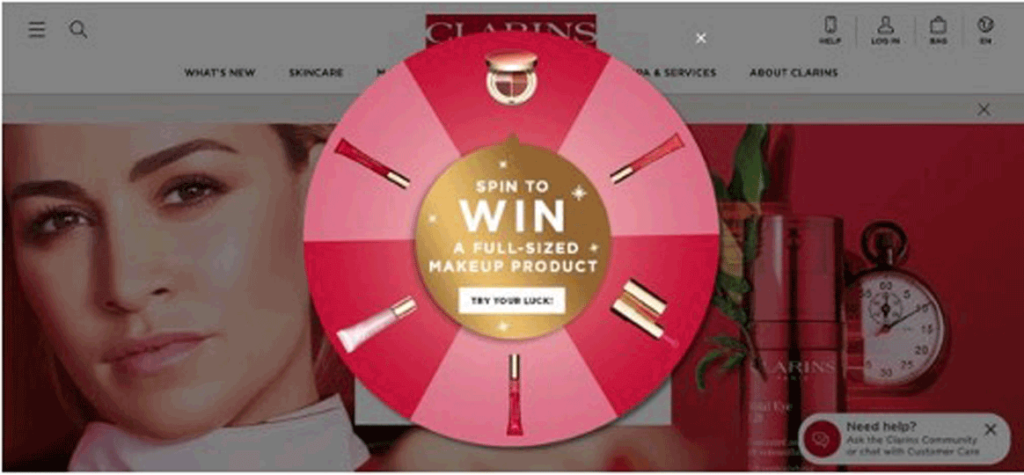In recent years, the beauty industry has undergone a significant transformation, with consumers increasingly demanding cruelty-free products. This shift has led brands like Clarins to reevaluate their testing policies. But the question remains: Is Clarins truly a cruelty-free brand? To answer this, we must dissect its global testing policies and examine the nuances surrounding animal welfare in the cosmetics sector.
To understand Clarins’ stance, one must appreciate the broader landscape of cruelty-free certifications. These typically involve a prohibition against animal testing at various stages of product development—from ingredient sourcing to final product testing. Terms such as “cruelty-free” may be employed compellingly in marketing campaigns, yet they often lack consistent definitions across different regions and regulatory bodies. This ambiguity can mislead consumers who seek genuine ethical choices in their beauty products.
Clarins, a French luxury skincare and cosmetics brand beloved for its rich formulations and commitment to quality, has made public its stance against animal testing. The brand asserts that it does not conduct animal tests nor does it commission third parties to do so. This assertion is central to its branding and market positioning. However, the intricacies of animal testing policies globally complicate this assertion. In some markets, especially within the European Union, stringent regulations prohibit animal testing, thereby enhancing the brand’s cruelty-free image. Conversely, in some regions, compliance with local regulations may necessitate animal testing for specific products or ingredients.
It is imperative to recognize the distinction between companies that are truly cruelty-free and those that are not. This classification is often dictated by the company’s testing policies in regions where animal testing is mandatory by law. While Clarins claims to uphold ethical standards, the company also operates in markets where animal testing may be required. Consequently, there exists a dichotomy between approximately 80 countries that still necessitate animal testing for cosmetic products and those like the EU, which outright bans the practice.
Understanding Clarins’ cruelty-free claims requires an examination of its product distribution strategy. The brand has expanded significantly into Asian markets, where regulations around animal testing are still evolving. Countries such as China have historically mandated animal testing for imported cosmetics, although there have been recent movements towards reforming these laws. Even with these shifts, ambiguity remains. Oftentimes, brands that promote themselves as cruelty-free may still yield to external pressures when entering markets where animal testing is the norm.
One pivotal element to consider is the growing trend of “post-market surveillance,” which evaluates the safety of cosmetics after they hit the market. This practice sometimes encompasses animal testing, raising ethical questions. Clarins’ position on addressing this aspect is crucial. Transparency regarding safety evaluations conducted post-launch can elucidate the extent of its commitment to cruelty-free practices. Without clear communication, the potential for consumer confusion Looms large.
Moreover, another critical factor influencing perceptions of cruelty-free brands is their stance on ingredient sourcing. Some companies may support vendors or suppliers that engage in animal testing. If Clarins does procure ingredients from suppliers engaged in such practices, it risks undermining its cruelty-free assertions. By fostering a supply chain that aligns with humane practices, cosmetic brands can reinforce their commitment to animal welfare.
The challenge for consumers lies in discerning genuine cruelty-free brands. Third-party certifications, such as Leaping Bunny or PETA’s Beauty Without Bunnies, often provide peace of mind. These certifications entail rigorous auditing processes that can help clarify a company’s ethical standing. At present, Clarins is not certified under these widely recognized programs, prompting consumers to remain skeptical of its claims. The perceived lack of third-party validation raises questions about the brand’s accountability and encourages critical analysis of its practices.
Innovation in the beauty industry has also introduced alternatives to animal testing, such as in vitro methods and advanced computer modeling. Brands that prioritize these technologies contribute to the diminishing necessity for animal experimentation. Clarins’ investment in alternative testing methods is a vital aspect of its commitment to ethical practices. Evaluating how the company incorporates these technologies into its research and development can provide insight into its genuine dedication to animal welfare.
Ultimately, the inquiry into Clarins’ cruelty-free status culminates in the need for increased consumer awareness and activism. By advocating for transparency and ethical production practices, consumers wield the power to influence corporate behaviors. Educational initiatives surrounding animal welfare can bolster a collective movement towards recognizing and supporting truly cruelty-free brands.
Clarins, amid its luxurious representation in the world of cosmetics, remains a brand entwined in the intricate web of animal testing policies. The ongoing dialogue surrounding cruelty-free beauty underscores the importance of ethical consumerism. As information continues to unfold, the responsibility lies with consumers to interrogate branding claims and support companies committed to advocating for a cruelty-free future.








